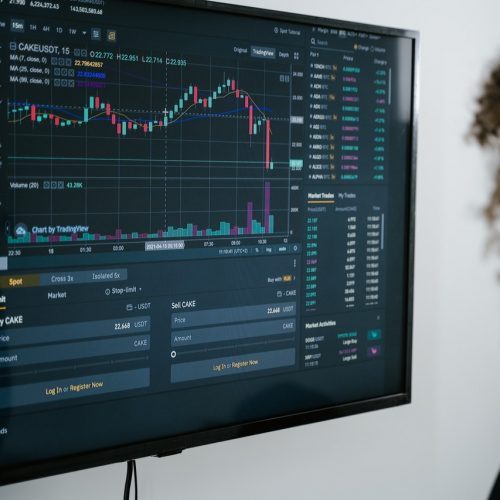Micro e-mini futures are a relatively new stock trading contract that has become increasingly popular. Unlike traditional futures contracts, which are typically for large amounts of a particular commodity, micro e-mini futures are much smaller.
Each contract represents just a fraction of the underlying asset. This makes them more accessible and affordable for individual traders and allows for greater flexibility in risk management.
While micro e-mini futures still carry some risk – as all futures contracts do – they can be a supportive tool for traders who want to take a position in the market direction without committing to a large amount of capital. We will look at how micro e-mini futures work and some of the key considerations to keep in mind before trading them.
What are micro e-mini futures?
Micro e-mini futures are stock index futures that allow traders to take a position on the underlying asset’s direction without committing to a large amount of capital. Contracts are more accessible and inexpensive for individual traders because each contract represents a tiny portion of the underlying asset.
Micro e-mini futures were introduced in 2018 by the Chicago Mercantile Exchange (CME) as part of their rollout of new ‘micro’ contracts for various assets, including stocks, commodities, and cryptocurrencies. The CME’s micro e-mini futures contracts are based on well-established stock indices, including the NASDAQ 100, Dow Jones Industrial Average, and S&P 500.
How do micro e-mini futures work?
Micro e-mini futures work similarly to traditional futures contracts, but a few key differences exist. First, as we’ve already mentioned, each contract represents a much smaller amount of the underlying asset – just 1/10th of the size of a standard e-mini future.
They have a shorter expiration date than traditional futures contracts. While standard e-mini futures typically expire quarterly (at the end of March, June, September, and December), micro e-mini futures expire monthly. It means that they are more suited to shorter-term trading strategies.
Also, micro e-mini futures contracts are traded electronically on the CME Globex platform, 24 hours a day from Sunday evening until Friday afternoon (Eastern time). This makes them more accessible for traders worldwide, regardless of their time zone.
What are the benefits of micro e-mini futures?
Several critical benefits of micro e-mini futures make them attractive for traders.
The main benefit of trading micro e-mini futures is the lower cost of entry. A trader can control the same number of shares for a fraction of the price with micro e-minis compared to full-sized contracts. It makes micro e-mini futures an attractive option for traders with smaller accounts or those who want to limit their risk exposure.
Another benefit of trading micro e-mini futures is increased liquidity with more traders participating in the market, excellent price discovery, and tighter bid-ask spreads. It results in better execution prices for traders, especially during market volatility.
Also, micro e-mini futures offer greater flexibility in trading strategies. The contract size is smaller, so traders can use a broader range of strategies that may not be possible with full-sized contracts.
What are the risks of micro e-mini futures?
Micro e-mini futures are a relatively new product, and, as such, there is still some uncertainty surrounding them. It means that they carry some additional risk compared to traditional futures contracts.
It’s also important to remember that micro e-mini futures are a leveraged product. It means that losses can exceed deposits and that traders should only trade with money they can afford to lose.
Finally, micro e-mini futures are a complex financial product and may not suit all investors, who may risk losses due to misunderstandings about how they function. Therefore, before trading, it’s crucial to gain a sufficient level of knowledge of how they work.
The bottom line
Traders who wish to trade in smaller time frames should consider using micro e-mini futures instead of a standard futures contract since they provide several advantages over traditional futures contracts. However, it’s vital to note that they’re a leveraged product and that losses may exceed deposits. Micro e-mini futures aren’t appropriate for everyone, and traders must comprehend how they operate before trading them.




